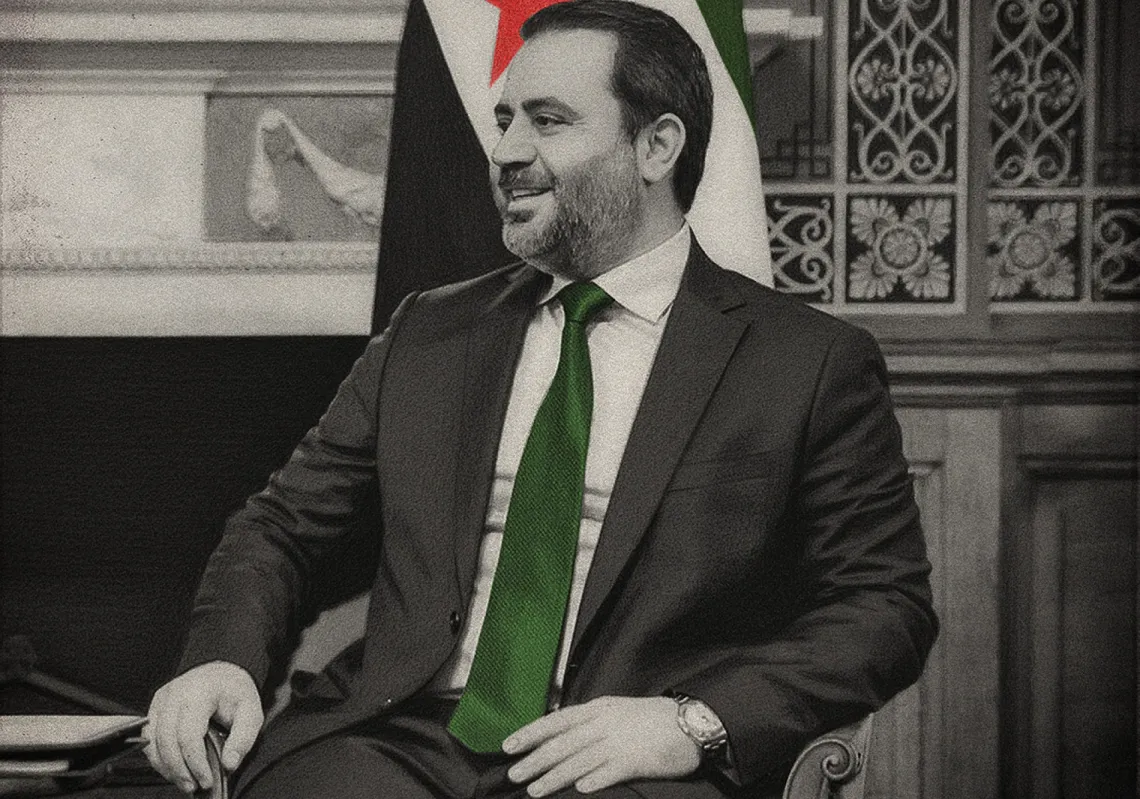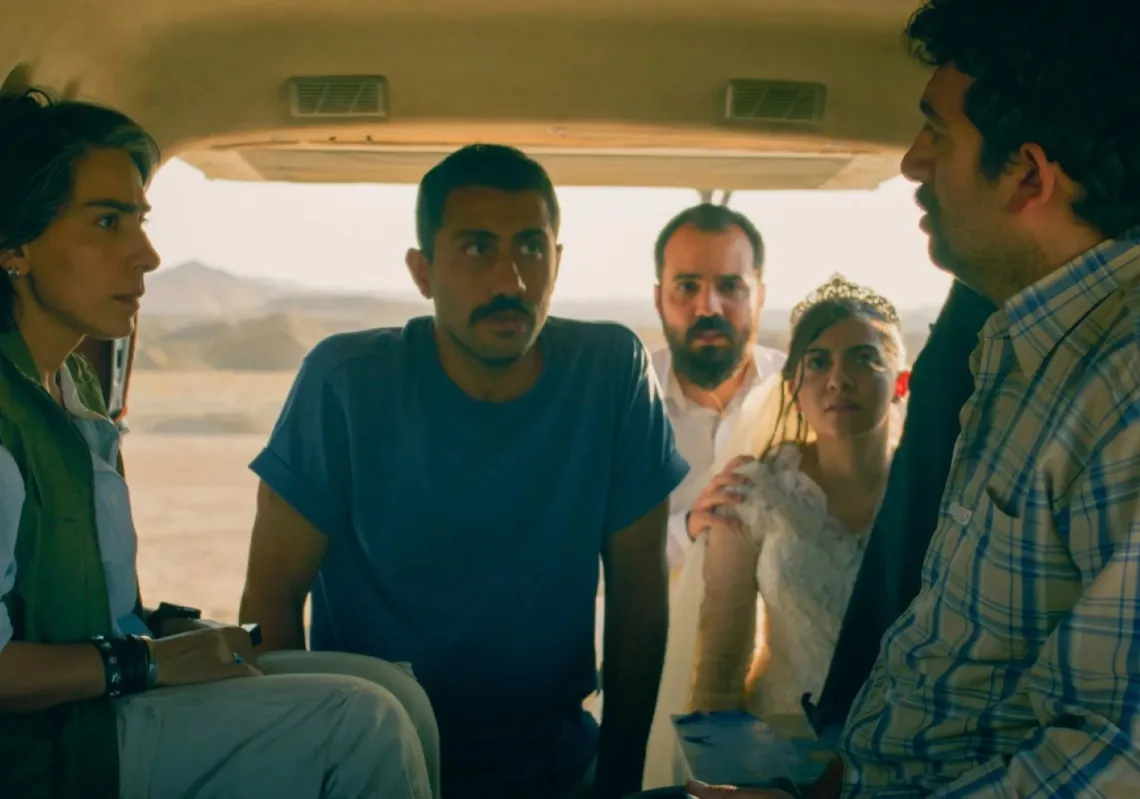A new generation of Egyptian novelists has changed how the country’s writers depict rural life. Although the most famous books tend to be set in the city, many novels have centred their plotlines in the countryside.
In this article, we will examine five pioneering writers. They all channel the traditions of established writers like Taha Hussein, Mohamed Hussein Haykal, and Khairy Shalaby but also include new elements of a modern and changing world.
The renewed focus on the countryside comes from relatively new authors writing their first or second novels. Since writers tend to start their careers in areas they are well versed in, this trend implies that rural Egypt is making a cultural comeback.
The First Paths of Return (Awwal Douroub Al Awda) by Choukri Salama
In his debut novel, Choukri Salama depicts the rich world of his village, brimming with stories and secrets.
The narrative includes characters of various ages. It begins with Grandma Hanem and extends to Zein El-Din Ismail—a young man preoccupied with unearthing his past. In between, we encounter the father figures Mustafa and Zein El-Din Ibrahim, among others.
While Zein El-Din Ibrahim awaits the return of his absent son, Salama, now a sheikh in need of someone to rely on to get around, we journey with him through his childhood and his relationship with his own father.
He later marries Fatima—who is the same age as his children—and searches for meaning in his life. Engrossed in books, he is captivated by his grandmother's stories. Following her passing, he is left to confront the world alone.
Seeking an impossible love, he meets her online through his friend Hajer. He hesitates to meet her, embarking on a peculiar journey to search for his roots in the An Naanaeyah neighbourhood.
The simple detail of Salama’s writing brings the village to life, along with how he portrays the intimate, close-knit relationships among its neighbours. Modern means of communication mean that connections—including romantic ones—are made through the internet, chat apps, and other high-tech means.
However, there is also an element of myth in the story, and Zein El-Din’s journey in An Naanaeyah is reminiscent of Odysseus's time. Larger questions beyond the protagonists' stories and their world also arise—questions about existence itself and the relationship between humans, their origins, and their past.

Salama succeeds in making the village bigger than its problems and more reminiscent of the broader human condition as his characters reach broader and richer horizons.
The novel touches on the modern plight of humanity everywhere through his realistic depiction of changes in the village in recent years.
This is delivered in an engaging narrative and a polished literary style. The book brings both the village and its writer into the ranks of promising young novelists.
Another Day for Murder (Yawm Akhar Lel Katel) by Hanaa Metwally
In her second novel, Hanaa Metwally weaves together the stories of several women who are, in effect, trapped in the village of Kom El-Deeba.
The book channels the Egyptian legend of En-Naddāha, a naiad-like female spirit who calls men to the Nile, leading to their death or disappearance, one of the most widespread myths in rural Egypt.
Metwally turns it into the curse of the "drowned women" in her book, referring to the bodies of women found dead in the canal. Each woman's story reveals aspects of life in that village and the ignorance and backwardness it suffers from.
Despite all attempts at modernisation, civilisation, and integration into the world of technology and development, the change seems superficial, failing to properly change the essence of the village's inhabitants and their way of life.
The story depicts aspects of modern life.
Girls and women from the village shop for clothes through apps, and many are keen on owning the most expensive mobile phones. But the story also reveals what hasn't changed: they still deworm vegetables in the fields and collect agricultural produce.














